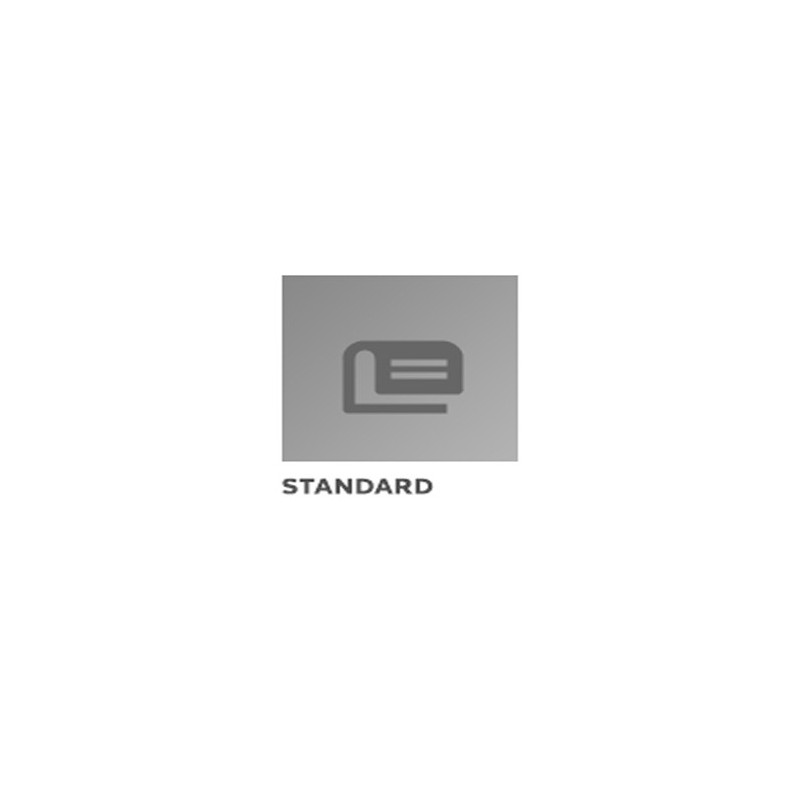Description / Abstract:
This standard is intended to provide a method to obtain
repeatable measurements that accurately reflect true engine
performance in customer service. Whenever there is an opportunity
for interpretation of the standard, a good faith effort shall be
made to obtain the engine's typical in-service performance and
avoid finding the best possible performance under the best possible
conditions. Intentional biasing of engine component or assembly
tolerances to optimize performance for this test is prohibited.
Purpose of Standard
This SAE Standard has been adopted by SAE to specify:
a. A basis for net engine power and torque rating
b. Reference inlet air and fuel supply test conditions
c. A method for correcting observed power and torque to
reference conditions
d. A method for determining net full load engine power and
torque with a dynamometer
e. A procedure to ensure that engine controls are operating in a
manner consistent with customer operation.
Field of Application
This test code document is applicable to both spark ignition
(SI) and compression ignition (CI) engines, naturally aspirated and
pressure-charged, with and without charge air cooling. This
document does not apply to aircraft or marine engines. The standard
is applicable to the internal combustion engine used in a hybrid
powertrain, but it does not comprehend the combined output of the
hybrid powertrain.
This test code supersedes those portions of SAE J1349 JUN1995
dealing with net power rating. It can be used immediately, and it
shall be used for testing after January 1, 2005.
Standard CI diesel fuel specifications are range mean values for
Type 2-D EPA test fuel per Title 40, Code of Federal Regulations,
Part 86.1313-2004 or most recent.
The corresponding test code for gross power and torque rating is
SAE J1995.
The document for mapping engine performance is SAE J1312.
Relationship to ISO 1585
ISO 1585-1992 differs from SAE J1349 in several areas, among
which the most important are:
a. This document is not limited to road vehicles.
b. This document requires inlet fuel temperature be controlled
to 40 °C on CI engines.
c. This document includes a reference fuel specification and
requires that engine power be corrected to that specification on
all CI engines.
d. This document includes a different procedure for testing
engines with a laboratory charge air cooler.
e. This document stipulates a 20% duty cycle limit on variable
speed cooling fans in order to qualify for testing at the minimum
power loss settings.
f. This document provides procedures for transient testing of
light duty vehicles with the associated changes in control
parameters and exhaust back pressure.
g. This document includes accessory losses if the accessories
are standard on the vehicle application.
h. ISO 1585-1992 allows ±7% correction on SI and ±10% correction
on CI engines.


